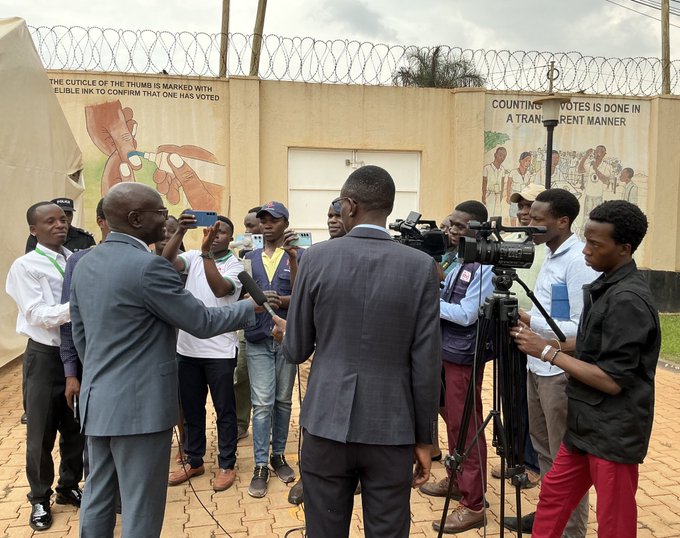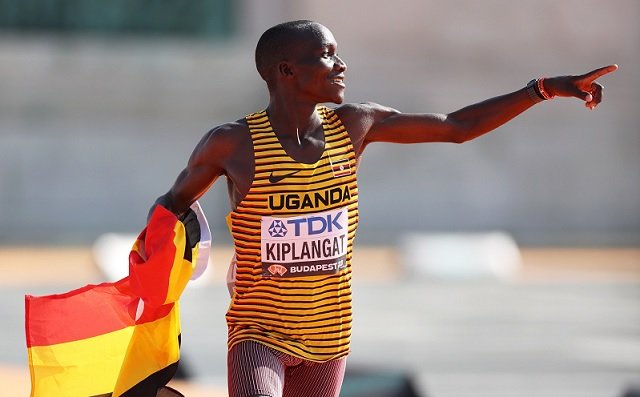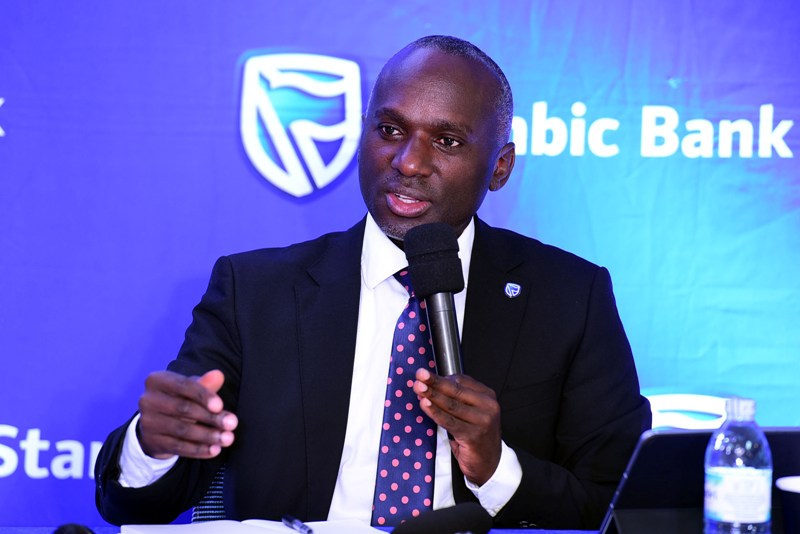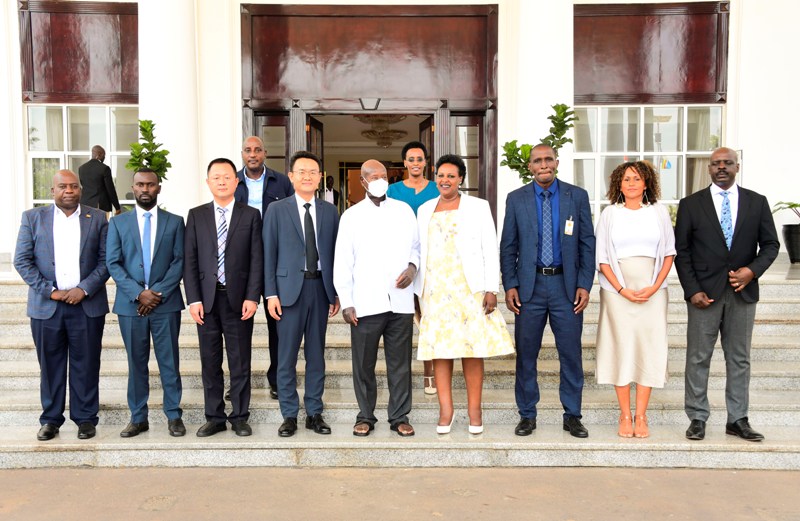Russian Wagner Group on the hunt for Joseph Kony
Multiple sources independently describe to Rolling Stone a bloody near-capture of Kony by Russian mercenaries working for the Wagner Group, in a remote corner of the Central African Republic in early April.

Russian mercenaries are chasing one of the world’s most notorious fugitives: the warlord Joseph Kony, who abducted tens of thousands of children from across central Africa, brutalizing and brainwashing them as child soldiers and sex slaves in a decades-long maelstrom of terror.
Multiple sources independently describe to Rolling Stone a bloody near-capture of Kony by Russian mercenaries working for the Wagner Group, in a remote corner of the Central African Republic in early April. A social media post affiliated with Wagner also confirms some aspects of the group’s interest in the warlord.
“This amounts to hot pursuit [in] the African bush,” says a U.S. source familiar with efforts to capture the warlord. “The U.S. military got within 72 hours of Kony. Wagner may be even closer.”
The operation demonstrates Russia’s ever-expanding reach across Africa, and also illustrates the shortcomings of more than two decades of U.S. military strategy on the continent. Despite spending billions on counter terror operations, training, and infrastructure in Africa since the beginning of the Global War on Terror, extremist violence is at an all-time high, according to researchers at the Africa Center for Strategic Studies, a U.S.-funded research institute.
Even as fatalities from terror attacks have spiked with “a near doubling in deaths since 2021,” a string of coups and civil wars has unraveled Washington’s partnerships and created chaotic power vacuums.
American adversaries like Wagner are stepping into the breach.
The mercenary group is the de facto armed expeditionary branch of Kremlin foreign policy, and is a key player on the African continent and in places like Syria and Ukraine, directly supporting Russia’s military operations. What separates Wagner from other private military companies is that it is funded and backed by Russian state security apparatuses.
Founded by Yevgeny Prighozin, an ultranationalist entrepreneur with close ties to Russian President Vladimir Putin, Wagner forces conducted a high-profile mutiny against the Kremlin last June.
The central complaint of the mutineers, led by Prigozhin, was that the war in Ukraine was being mismanaged — leading to the deaths of tens of thousands of Wagner mercenaries.
The Wagner uprising, the first military challenge to Putin’s rule, ultimately proved futile. Prigozhin agreed to end the mutiny in exchange for guarantees of safety and revisions to Wagner’s role in Ukraine. Those guarantees didn’t amount to much. Prigozhin died when the business jet in which he was flying crashed in a field northwest of Moscow — only two months after the public falling out with his boss.
But Wagner itself was too valuable to cast aside. After Prigozhin’s death, the company has been placed under the direct control of the Russian defense ministry and its military intelligence branch, the GRU. Parts of its operations have been rebranded as “Africa Corps,” but the Wagner name remains in common use.
The group is especially active in Mali, Niger, Sudan, and the Central African Republic, where Wagner is adept at shoring up autocratic regimes, suppressing rebel militias, and terrorizing civilians.
But Wagner’s pursuit of the warlord Kony exemplifies a new assertiveness in Russian strategy in Africa.
Kony is a self-proclaimed Christian prophet accused of crimes against humanity and war crimes, including murder, rape, kidnapping, and torture by the International Criminal Court. The warlord rose to power in the late 1980s as a rebel leader among the Acholi people, an ethnic group dominant in northern Uganda.
To understand the Wagner operation in pursuit of Kony, Rolling Stone connected with a rebel group whose members witnessed portions of the April 7 attack and its aftermath near a village in eastern Central African Republic called Yemen (like the country). As the rebel group — UPC, or Union for Peace in Central Africa — was on the move in the hinterlands, a rebel commander named Ousmane relayed the account from fighters on the ground in a series of voice messages.
“At least four people were killed, including two civilians and two Wagner,” Ousmane says, adding that Kony was “still in the area” as of April 8.
The operation began when 14 defectors from Kony’s “Lord’s Resistance Army,” or the LRA, surrendered to a group of men posing as Central African Republic government forces at the end of March. The men were, in fact, a Chadian armed group affiliated with Wagner, which often partners with local militias to support its operations.
The defection occurred in Central African Republic’s Haute-Kotto Prefecture, a wooded savanna of more than 33,800 square miles — larger than South Carolina — with few roads and numerous isolated villages. Its dense shrublands and intricate network of rivers, streams, and pools are a haven for armed groups, ivory smugglers, and poachers, and it has long been key to Kony’s survival.
The Chadian group brought the 14 LRA members — a mix of combatants, civilians and two children — to a town called Sam Ouandjia, where they contacted Wagner, who soon arrived in force.
Wagner forces arrested the defectors and took them to an unknown destination, says a source with expertise in the region and the LRA, who requested anonymity given security risks to individuals in the Central African Republic.
“The treatment of these defectors upset local authorities in Sam Ouandja, who have often worked with other key stakeholders to peacefully process and support LRA defectors in the past,” the source says, adding that the whereabouts of the defectors — including at least two children — remain unknown, “raising grave concerns for their safety and rights.”
The source says that only days after taking the defectors into custody, Wagner forces attacked the village of Yemen, where Kony had recently been, and which is the site of a large marijuana plantation that funds an array of regional militant groups. Locals say that Kony’s camp was within 10 miles of the village, the source says.
“We’ve been hearing about a mythical arms-and-drugs bazaar hidden in the bush as a haven for poachers and smugglers for years,” the source says. “It makes sense that Kony would want to stay close to it.”
Details of the attack were reported by locals who described a firefight that killed between two to eight people, the source said. Those accounts broadly matched those provided to Rolling Stone separately by both UPC rebels and a U.S. source.
“[Wagner] went there with helicopters, two helicopters, and they fired down at [Kony’s camp],” says Ousmane, the UPC commander. The airborne assault was followed by a ground operation, which led to a sustained firefight. “As they [Wagner] know the bush well, they did a lot of damage, they burned the entire village of Yemen. There are small villages around it, they burned all those villages. All.”
Kony was not among the fallen, the source with expertise in the LRA adds, and is believed to have escaped during or prior to the Wagner attack.
“It’s possible they weren’t that close to catching him, that Kony fled beforehand. But they certainly tried, and found a location near one of his camps,” says the U.S. source familiar with efforts to capture the warlord, and who independently confirmed details of the attack on the village.
“They also arrested a few people” including a local chief, says Ousmane, the UPC commander.
“Initial reports indicated Kony fled towards Sudan in the company of around 71 fighters not counting women and children,” says the source with expertise in the LRA. “He likely decided to change locations soon after the defection of the [LRA] group members in late March, consistent with his historic modus operandi.”
Indeed, Kony has a long history of disappearing into the bush when his pursuers get too close.







